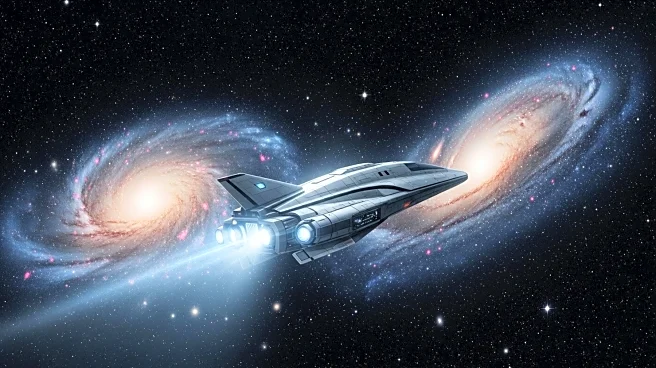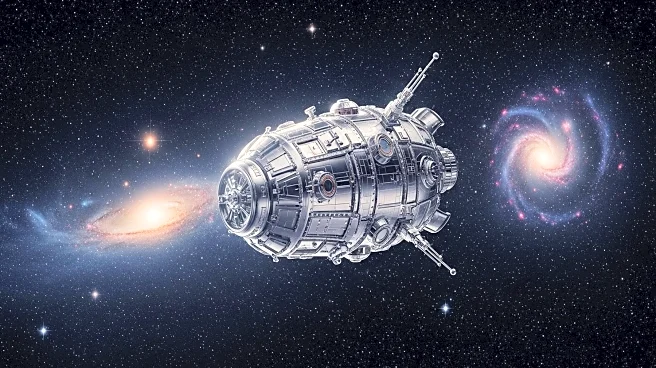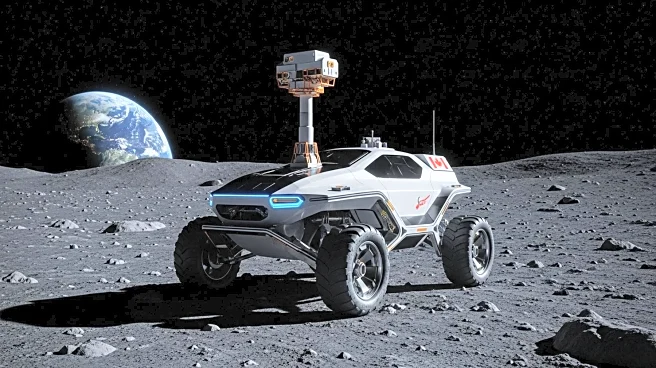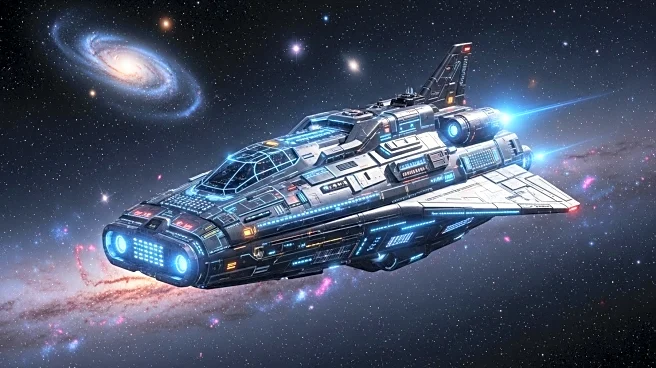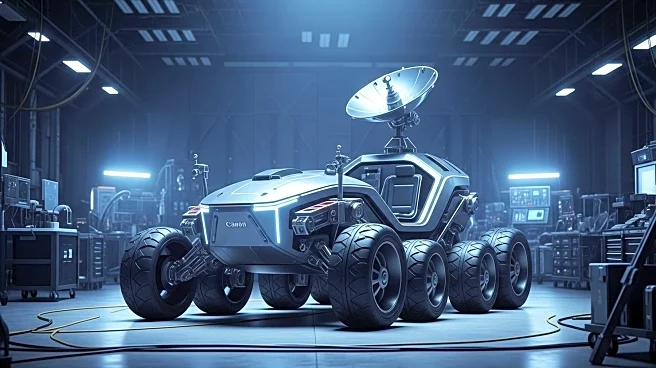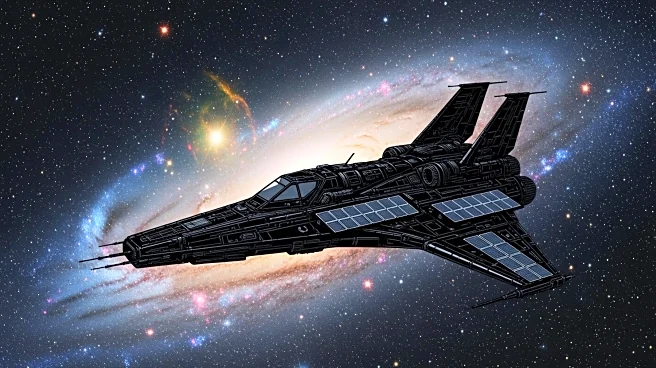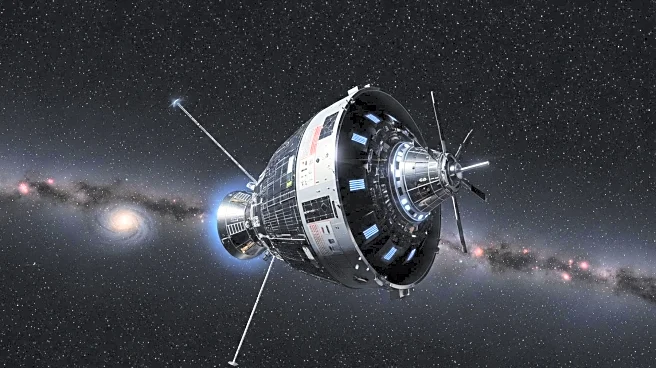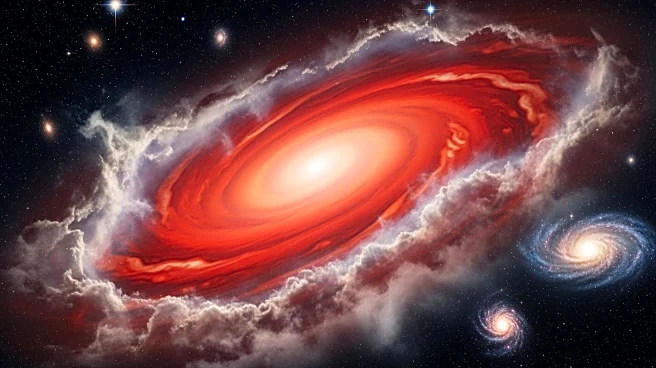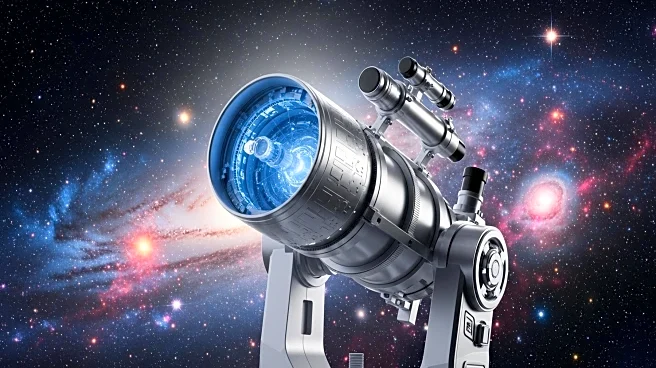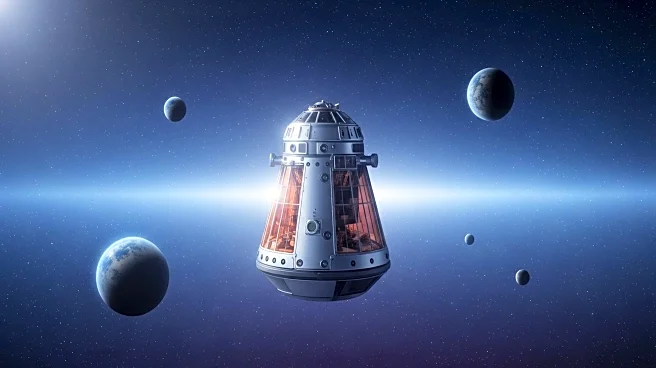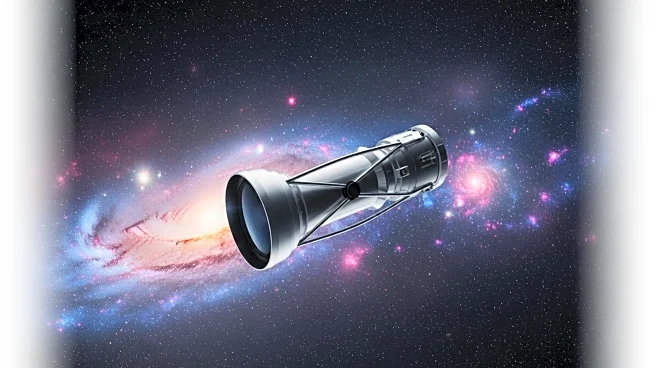What's Happening?
Voyager 2, launched by NASA in 1977, is continuing its journey through interstellar space, having crossed the heliosphere boundary in November 2018. The spacecraft is traveling at over 55,000 kilometers per hour and is expected to remain operational until around 2030. Its mission has raised numerous questions about magnetic fields, cosmic rays, and the heliosphere's shape, making it one of the most intriguing space exploration endeavors. Voyager 2's findings are contributing to a deeper understanding of the universe beyond our solar system.
Why It's Important?
Voyager 2's journey is significant for the scientific community as it provides unprecedented data about interstellar space, which could reshape our understanding of the universe. The spacecraft's observations are crucial for astrophysics, offering insights into cosmic phenomena that were previously inaccessible. This mission highlights the importance of long-term space exploration projects and their potential to answer fundamental questions about the cosmos. The data collected could influence future space missions and technological advancements in space exploration.
What's Next?
As Voyager 2 continues its journey, scientists will analyze the data it sends back to Earth, seeking answers to the questions it has raised. The spacecraft's power supply is expected to last until 2030, after which it will cease communication. Researchers will focus on interpreting the findings to enhance our understanding of interstellar space. The mission's success may inspire new projects aimed at exploring the outer reaches of the solar system and beyond, potentially involving international collaboration.
